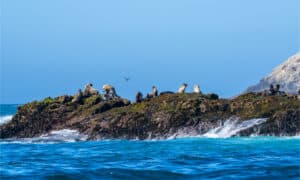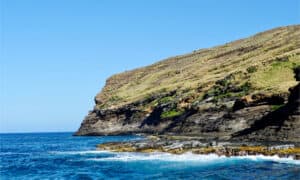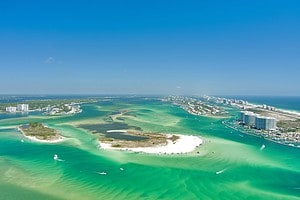Though it may be hard to imagine, there are still places on Earth where people live without contact with the outside world. In a tiny, remote island in the Bay of Bengal lives a tribe of people fiercely defending their way of life from outsiders. We know relatively little about North Sentinel Island and its people. However, here are 12 amazing facts that we do know about this fascinating stretch of land that’s only the size of Manhattan.
1. North Sentinel Island Is in a Remote Location
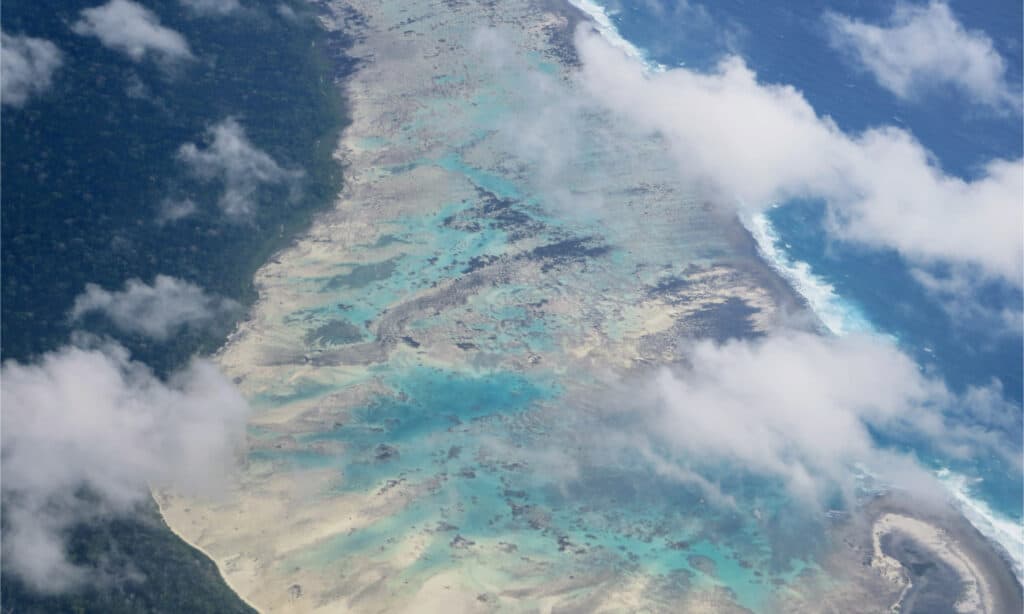
The Sentinelese, also known as the North Sentinel Islanders, are an uncontacted indigenous tribe
living on the remote North Sentinel Island in the Bay of Bengal in the northeastern Indian Ocean.
©vivaswa/Shutterstock.com
A tiny island in the Bay of Bengal, North Sentinel Island is part of the Andaman and Nicobar Islands. It’s about 37 miles north of South Sentinel Island and 22 miles west of Wandoor, a small village near the southern tip of South Andaman. Located in the Indian Union Territory, it’s around 700 miles from India.
2. The Indian Government Forbids Visits to the Island
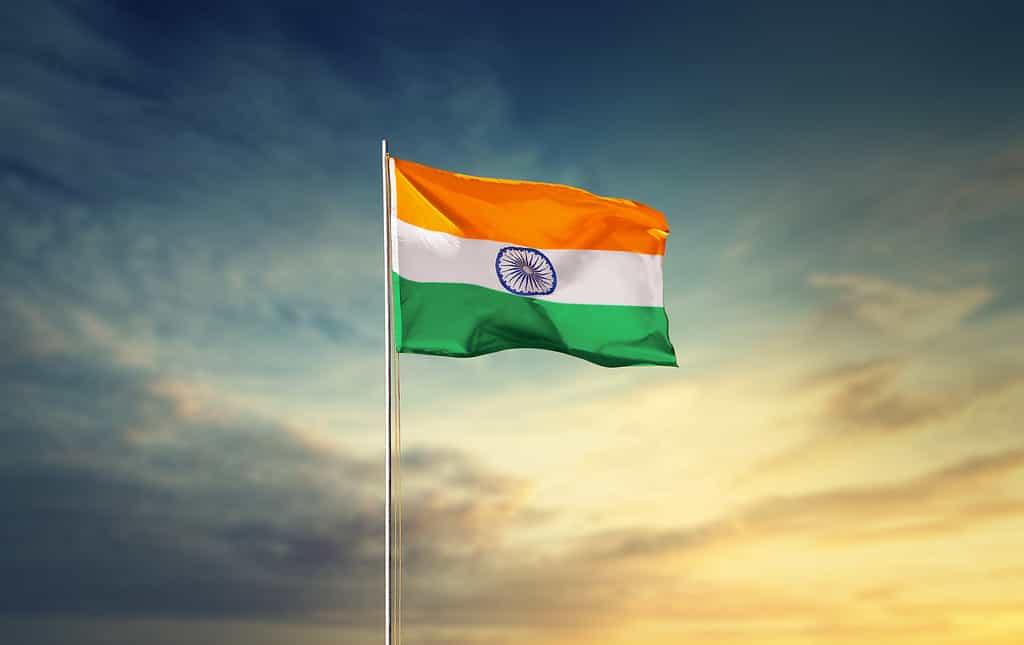
The Indian government protects the North Sentinel people by forbidding anyone from coming within five nautical miles of the island.
©GEMINI PRO STUDIO/iStock via Getty Images
In 1956, the Indian government passed the Andaman and Nicobar Islands Protection of Aboriginal Tribes Act. This Act prohibits anyone to travel within five nautical miles of North Sentinel Island. The Act not only protects the Sentinelese from outsiders but also protects outsiders from the Sentinelese. The Indian Navy heavily monitors the area, restricting all access.
3. It’s Impossible to Get an Accurate Estimate of the Island’s Population

The shore of North Sentinel Island probably looks much like the beaches of the other Andaman Islands, but we can’t get close enough for photographs like this one.
©rchphoto/iStock via Getty Images
The Indian government attempted to get a census in 2011. Anthropologists projected the island inhabitants may number anywhere between 80 to 150, although it could range from 15 to 500.
4. We Know Very Little of the Island’s Inhabitants, the Sentinelese
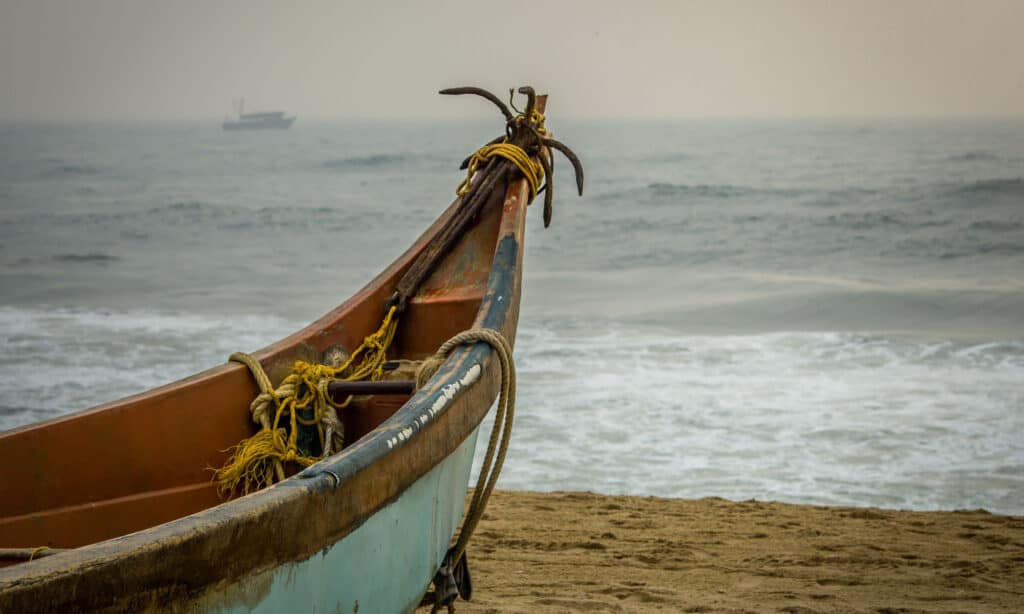
Not much is known of the people that live on the remote North Sentinel Island.
©Manivannan T/Shutterstock.com
We know the islanders live in lean-to huts with slanted roofs. They build canoes which they use to fish and harvest crabs. The Sentinelese most likely live a hunter-gatherer lifestyle, probably eating wild fruits, eggs from seagulls and turtles, and hunting wild pigs. We also know they arm themselves with bows, arrows, spears, and knives.
5. The Sentinelese Fiercely Protect Their Island
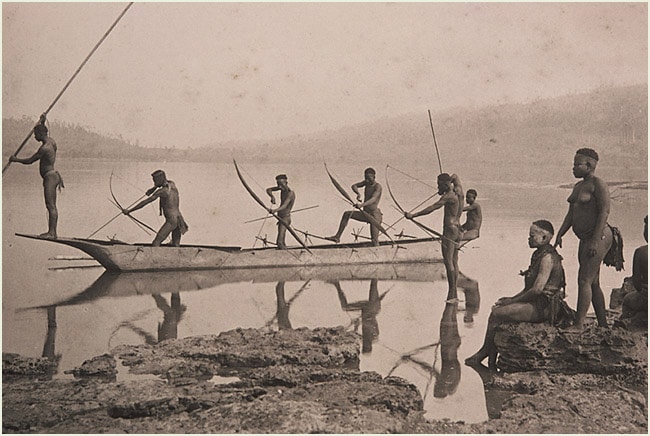
Seen here are members of an unspecified Andaman fishing tribe from 1870 living on a nearby island.
©Unknown Author / Public Domain – License
The indigenous peoples living on the island have been rejecting contact from outsiders for centuries. There are only a handful of times anyone has been able to get close. In 1867, the tribespeople attacked survivors from an Indian merchant shipwreck after they had spent three days sheltering on the beach.
Then, in 1880, British Royal Navy soldiers landed on the island and kidnapped six inhabitants, an elderly couple and four children. They all grew very ill, and the elderly couple died. Afterward, the Navy decided to return the four sick children to the beach of North Sentinel Island with a small pile of gifts. We don’t know if the ill children spread their disease across the island.
After this, the Sentinelese weren’t going to take any chances. In 1896, an escaped convict washed ashore on a makeshift raft. However, he was not greeted warmly by the islanders. In fact, his body was later found full of arrows with his throat cut.
6. The Best Way to View the Island Is from Afar
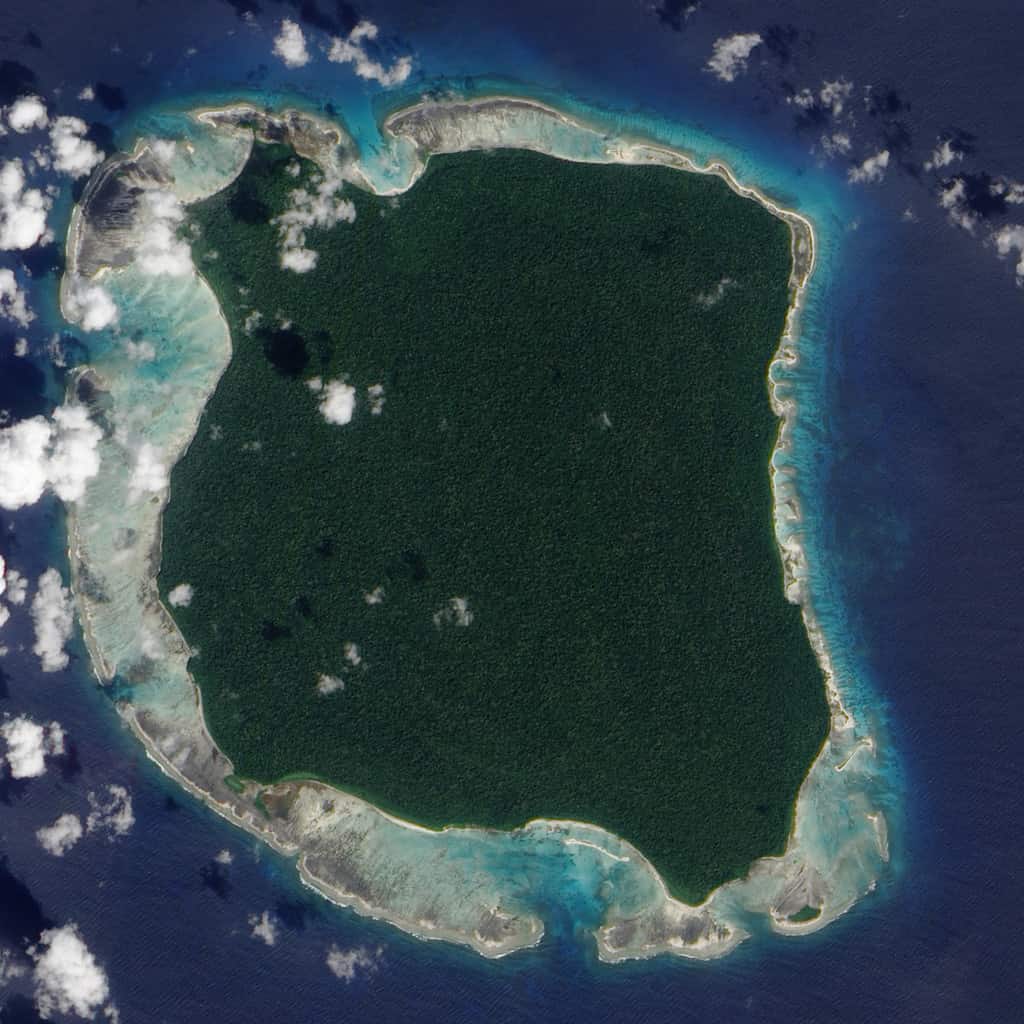
NASA took this photo from space revealing a seemingly undisturbed forest on Sentinel Island in the Andaman Islands territory.
©NASA Earth Observatory image created by Jesse Allen, using data provided by the NASA EO-1 team. / Public domain – License
We can only study the geography of the area by plane. A flyover shows a tropical island with gorgeous blue waters, coral reefs, and lush forests stretching from coast to coast. However, plane trips are expensive and drones would likely be shot down by the islanders. Besides, both would need government approval. Most researchers get their views of the island by using telescopes or long-range binoculars.
7. Anthropologists Have Attempted to Make Contact Over the Years
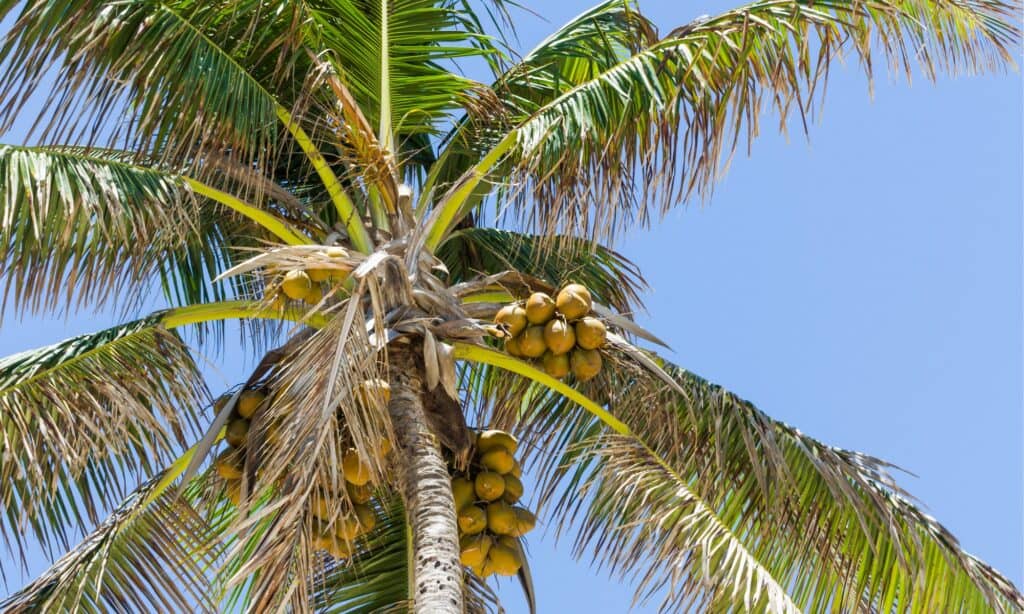
The most well-received gifts to the Sentinelese have been coconuts, which don’t grow on the island.
©iStock.com/Thiago Santos
In 1967, the Anthropological Survey of India attempted to make peaceful contact with the Sentinelese. They left coconuts, which don’t grow on the island, iron rods, and plastic utensils.
Again in 1991, the anthropologists returned with more coconuts. The team was greeted peacefully at first. However, when they returned a few months later with a larger team, things grew sour and the Sentalese threatened them with knives, ending all contact.
8. Recent Visitors to North Sentinel Island Met Dire Fates
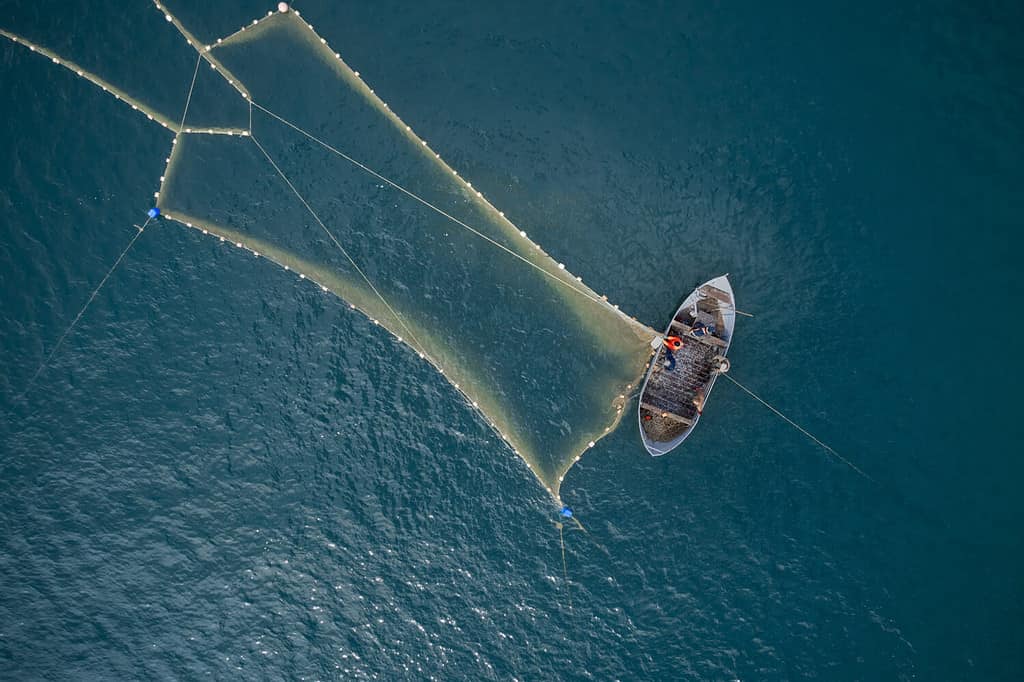
Two fishermen from Myanmar made an emergency landing on North Sentinel Island. The islanders did not appreciate the visit and killed the men on site.
©OlegRi/Shutterstock.com
In 2006, two Myanmar fishermen were forced to make an emergency landing on the island. This did not work out well for them. They were killed by the Seninelese and their bodies were buried in the sand.
The last known contact with the tribe happened in 2018. Despite knowing it was illegal, a 26-year-old American missionary attempted to make contact with the tribe to spread the word of God. After multiple and obvious warnings from the tribesmen, the young man persisted. Finally, the Sentinelese shot him with arrows and buried his body on the beach.
9. The Sentinelese Have No Immunity to the Common Cold

The Sentinelese have no natural immunity and have never been vaccinated against common diseases in the modern world.
©Fit Ztudio/Shutterstock.com
Living in isolation for thousands of years, the islanders have no immunity to diseases such as colds, flu, or measles. Therefore, coming in contact with any of our modern diseases could spread disaster in the community.
The Sentinelese people’s fierce protection of their land has likely spared them from the same fate as neighboring islands. When the British colonized other Andaman and Nicobar Islands, many populations were decimated by common diseases such as measles and the flu.
10. They Survived a Tsunami in 2004

The Andaman Nicobar earthquake and tsunami of 2004 caused widespread devastation.
©dushi82/Shutterstock.com
A devastating tsunami swept through the area in 2004. On December 26, an earthquake with a magnitude of 9.1 generated the Indian Ocean Tsunami. The tsunami reached the Andaman and Nicobar islands 20 minutes after the earthquake, causing extreme waves and flooding.
The Indian Coast Guard flew helicopters over the island to see if the people on North Sentinel Island needed help. However, the Sentinelese seemed healthy and, furthermore, were not interested in assistance. They attacked the helicopter by shooting arrows at it. The helicopter flew on and left the Sentinelese alone.
11. The Sentinelese Have Been on North Sentinel Island for a Long Time

When sea levels were lower, it’s likely the Sentinelese reached their island by walking across land bridges.
©Dushyant Kumar Thakur/iStock via Getty Images
It’s estimated the Sentinelese have inhabited the island for at least 60,000 years. Anthropologists believe they are descended from the world’s first inhabitants in Africa. Historians speculate they came to the island when sea levels were much lower. When sea levels rose, the people living on the island became isolated, and have remained so for thousands of years.
12. We Can Only Guess What Wildlife Lives on the Island

The coconut crab is a species of giant
hermit crab
also known as the robber crab or palm thief.
©Tomas Kotouc/Shutterstock.com
Untouched by technology and modern growth, the mangroves, dense tropical rain forests, and coral reefs of the island, are likely to be full of rare and endangered species. We may not be able to survey North Sentinel Island, but we know what lives on South Sentinel Island.
Some of the species that we know make their home on the nearby South Sentinel Island include:
- Coconut Crabs (Robber Crabs)
- Pied Imperial Pigeons
- Nicobar Pigeons
- Andaman Crake
- Green Sea Turtle
- Leatherback Sea Turtle
- Andaman Horseshoe Bat
- Andaman Emerald Gecko
- Sunda Teal (Dabbling Duck)
The photo featured at the top of this post is © vivaswa/Shutterstock.com
Thank you for reading! Have some feedback for us? Contact the AZ Animals editorial team.



